St Andrews campaigners are looking to introduce a controversial scheme to cut car use in the town.
They want to introduce Low Traffic Neighbourhoods (LTN) as a way to reduce congestion, strengthen communities and slash the number of private cars.
These are zones which reduce the number of vehicles in residential areas, sometimes involving planters on roads.
Alistair Macleod, a member of Transition with the University of St Andrews, is part of the The Active Way team working on the project.
He said: “St Andrews probably does have a lot of opportunity to put in these zones.
“You’re not preventing cars from going there, but you’re making them be the ‘guest’.
“The priority is for pedestrians and cyclists.”
‘Making our neighbourhoods safer, connected and resilient’
Alistair continued: “If we have more efficient and effective ways to move around our towns, we actually improve the economy and improve the places where we live.
“The less traffic you have in a neighbourhood, the more connected neighbours are.
“These are the sorts of things that we’ve lost over the years as traffic has increased.
“Some people struggle to envision an alternative to the car dominating our streetscapes and our neighbourhoods.”
Low Traffic Neighbourhoods assessed
Officials in London introduced many new Low Traffic Neighbourhoods during the pandemic.
Supporters point to polling that shows the majority of those living in LTNs believe they have made their lives better.
But there has been widespread criticism of the idea too.
Some critics believe LTNs displace congestion into other areas, divide communities and damage trade for local businesses.
The LTN proposal also comes after some fierce opposition in the Fife town to the Spaces for People programme.
This created extra space for pedestrians, sometimes at the expense of on street parking spaces.
It was also introduced during the pandemic.
Alistair says the LTN project will focus less on the town centre and more on the connections between the centre and residential areas.
“Understanding how people move around the town is a key part of trying to create better routes,” he said.
There is an interactive consultation open until Monday which encourages the public to give their input, and highlight spots in the town they would like to see updated.
Active travel should be the first choice, says Fife Council
Susan Keenlyside is Fife Council’s sustainable transport manager.
She said: “We are committed to increasing the number of people who are walking, wheeling or cycling for routine local trips, instead of using motorised transport.
“In a compact town such as St Andrews, active travel should ideally be the first choice for most journeys.”


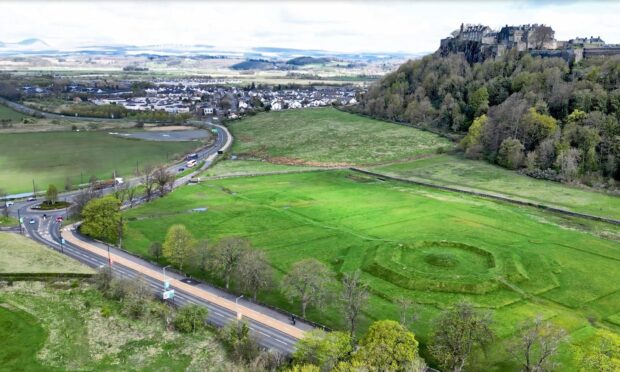

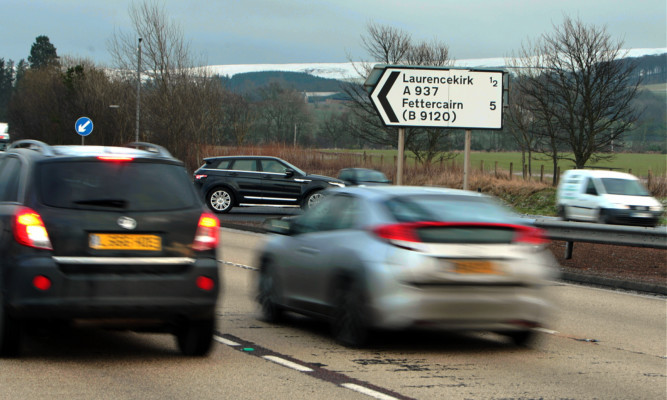
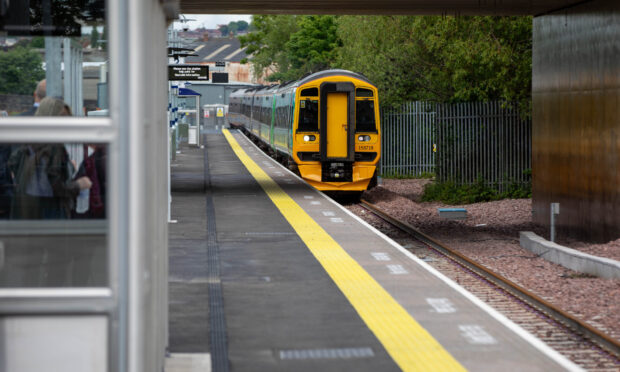
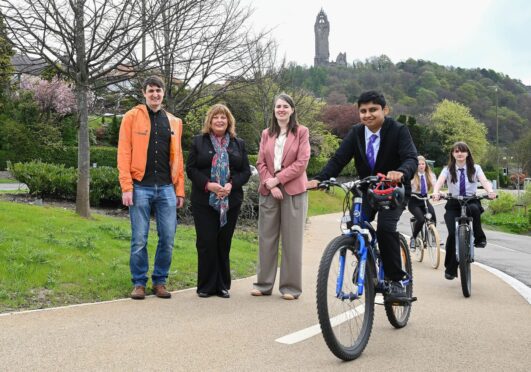
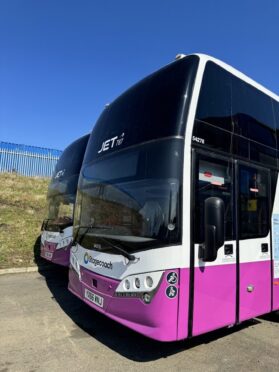
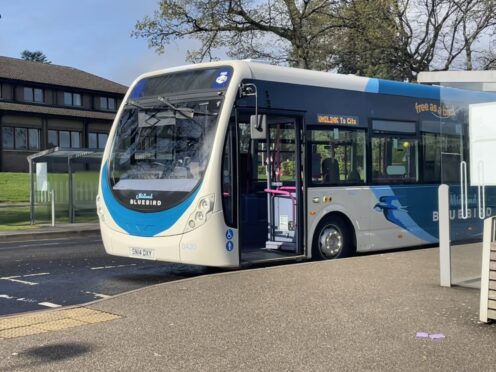
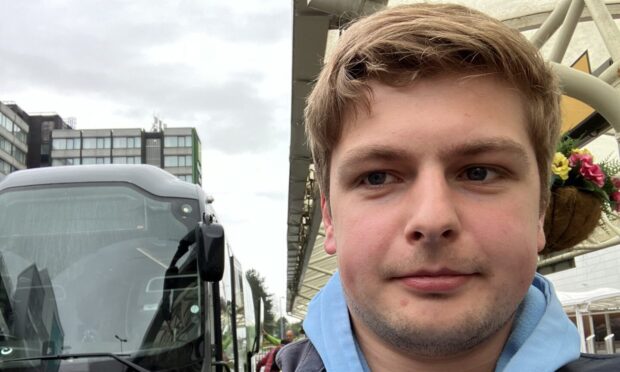
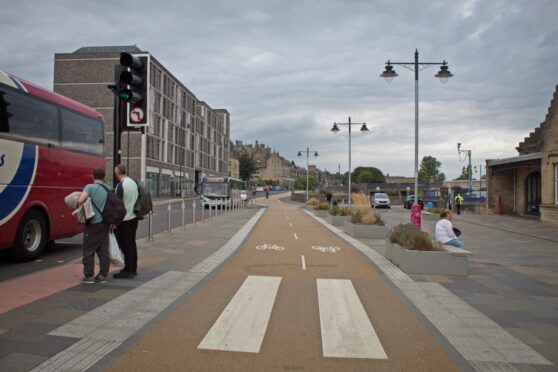

Conversation